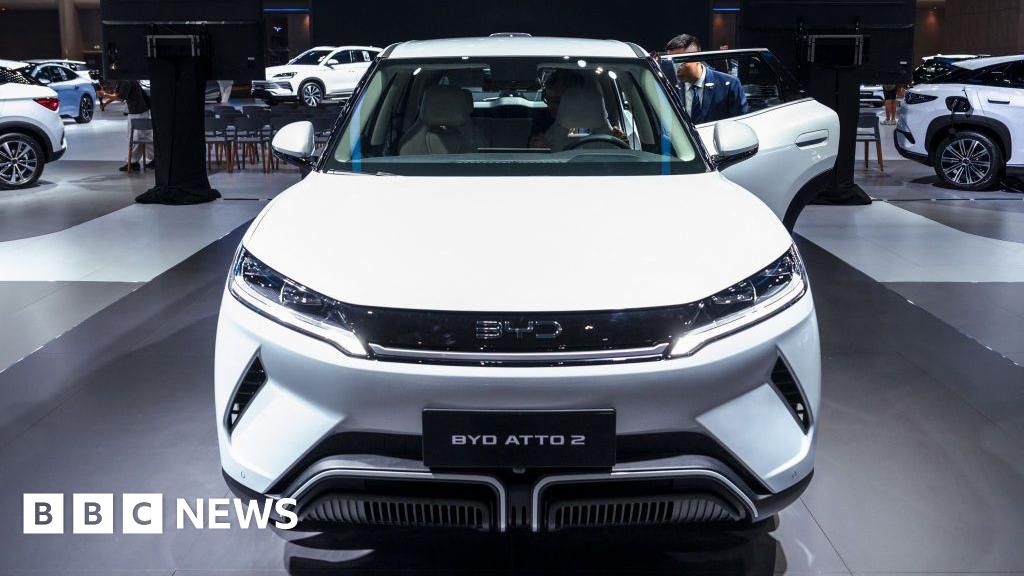
BYD’s Electrifying Surge: Outpacing Tesla in the EV Race
The electric vehicle (EV) market is a dynamic landscape, constantly evolving with technological advancements and shifting consumer preferences. While Tesla has long been considered the dominant player, a new contender has emerged, challenging its reign and capturing global attention: BYD. This Shenzhen-based automaker has not only kept pace but has decisively overtaken Tesla in terms of annual revenue, marking a significant milestone in the industry.
2024 proved to be a banner year for BYD, with a remarkable 29% surge in revenue, reaching a staggering $107 billion. This impressive growth is a testament to the company’s strategic approach, encompassing a diverse product portfolio and a keen understanding of the evolving market demands. Unlike Tesla, which primarily focuses on fully electric vehicles (BEVs), BYD has cleverly diversified its offerings, incorporating a significant range of hybrid electric vehicles (HEVs). This strategy has proven incredibly effective, allowing BYD to tap into a broader customer base and capitalize on the transition period as the global automotive industry shifts towards electrification.
The success of BYD’s hybrid models cannot be overstated. These vehicles offer a compelling blend of fuel efficiency and electric performance, addressing consumer concerns about range anxiety and charging infrastructure limitations. By offering a viable alternative to purely electric vehicles, particularly in regions with less developed charging networks, BYD has effectively expanded its market reach and solidified its position as a leader in the global EV revolution.
Beyond the impressive sales figures, BYD’s success can be attributed to several key factors. Firstly, the company has demonstrated a strong commitment to research and development, constantly innovating and improving its battery technology and vehicle designs. This dedication to technological advancement ensures BYD remains competitive in a rapidly evolving market. Secondly, BYD’s vertical integration strategy, controlling key aspects of the manufacturing process from battery production to vehicle assembly, grants them significant cost advantages and greater control over quality.
Furthermore, BYD has successfully tapped into the growing demand for electric vehicles in China, the world’s largest automotive market. The company’s strong domestic presence, coupled with its expanding global footprint, provides a solid foundation for sustained growth. The Chinese government’s supportive policies towards the development of domestic EV manufacturers have undoubtedly also played a crucial role in BYD’s rise.
The implications of BYD’s success are far-reaching. The company’s achievement signals a significant shift in the global EV landscape, challenging the previously unchallenged dominance of Tesla. This newfound competition is expected to further stimulate innovation and drive down prices, ultimately benefiting consumers worldwide. The rise of BYD also highlights the increasing importance of hybridization in the transition to electric mobility, presenting a viable and attractive pathway for many drivers.
Looking ahead, the competition between BYD and Tesla is set to intensify, pushing both companies to innovate further and adapt to the ever-changing dynamics of the electric vehicle market. BYD’s stunning revenue figures in 2024 represent more than just a financial triumph; they signify a paradigm shift in the global automotive industry, heralding a new era of diverse and competitive electric vehicle manufacturers. The electric vehicle revolution is far from over, and BYD’s dramatic ascent demonstrates that the future of transportation is far more dynamic and competitive than many initially predicted.



Leave a Reply